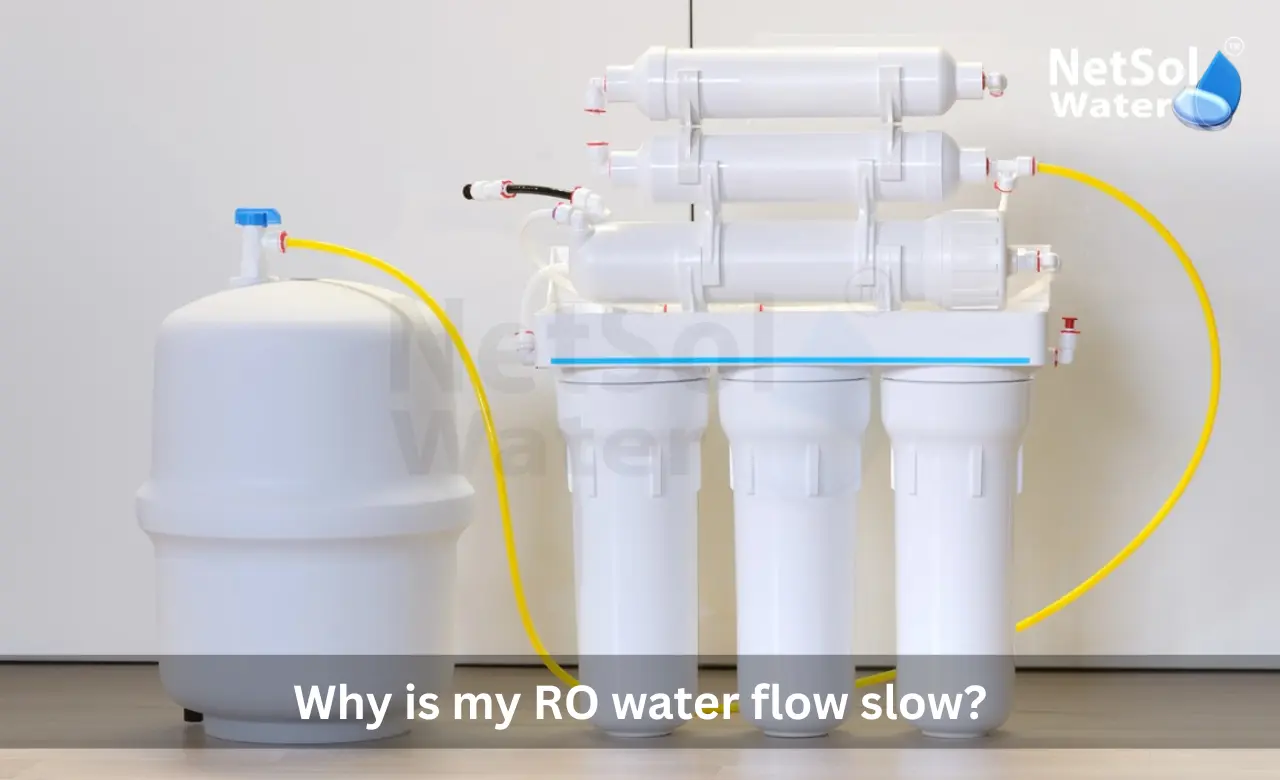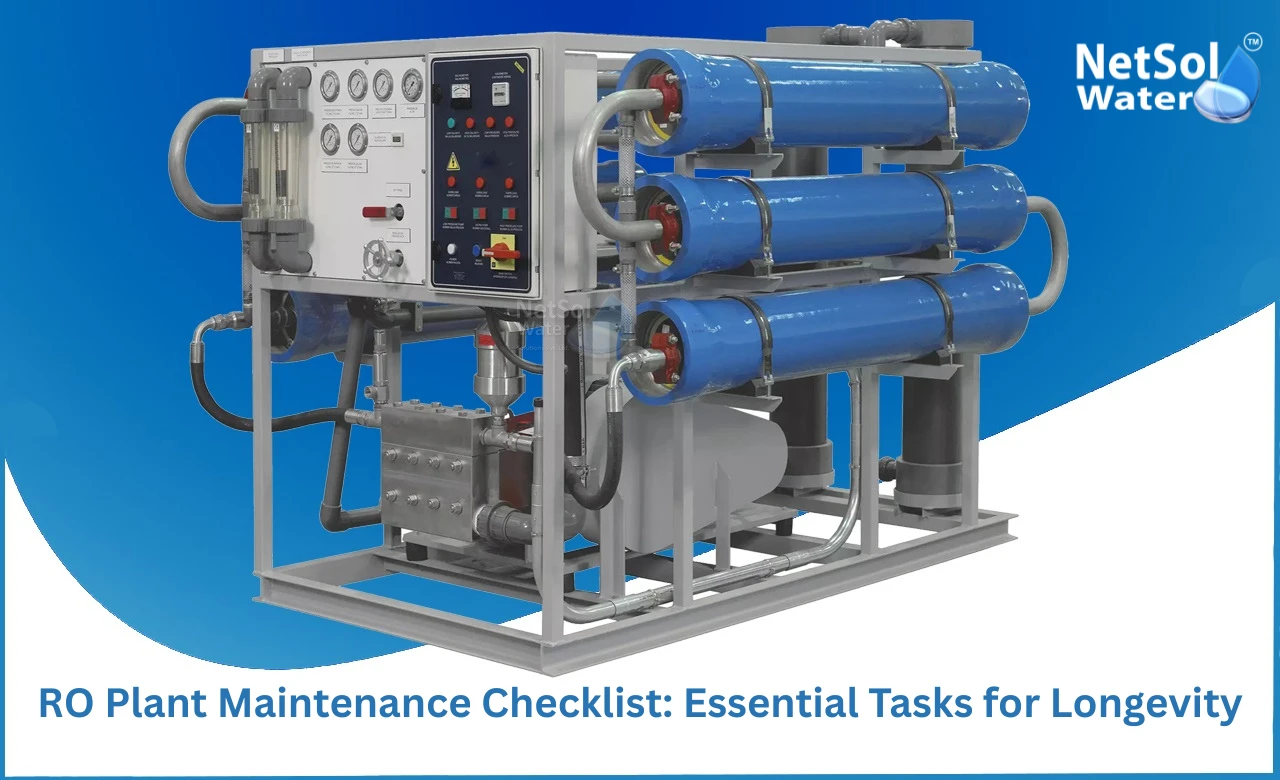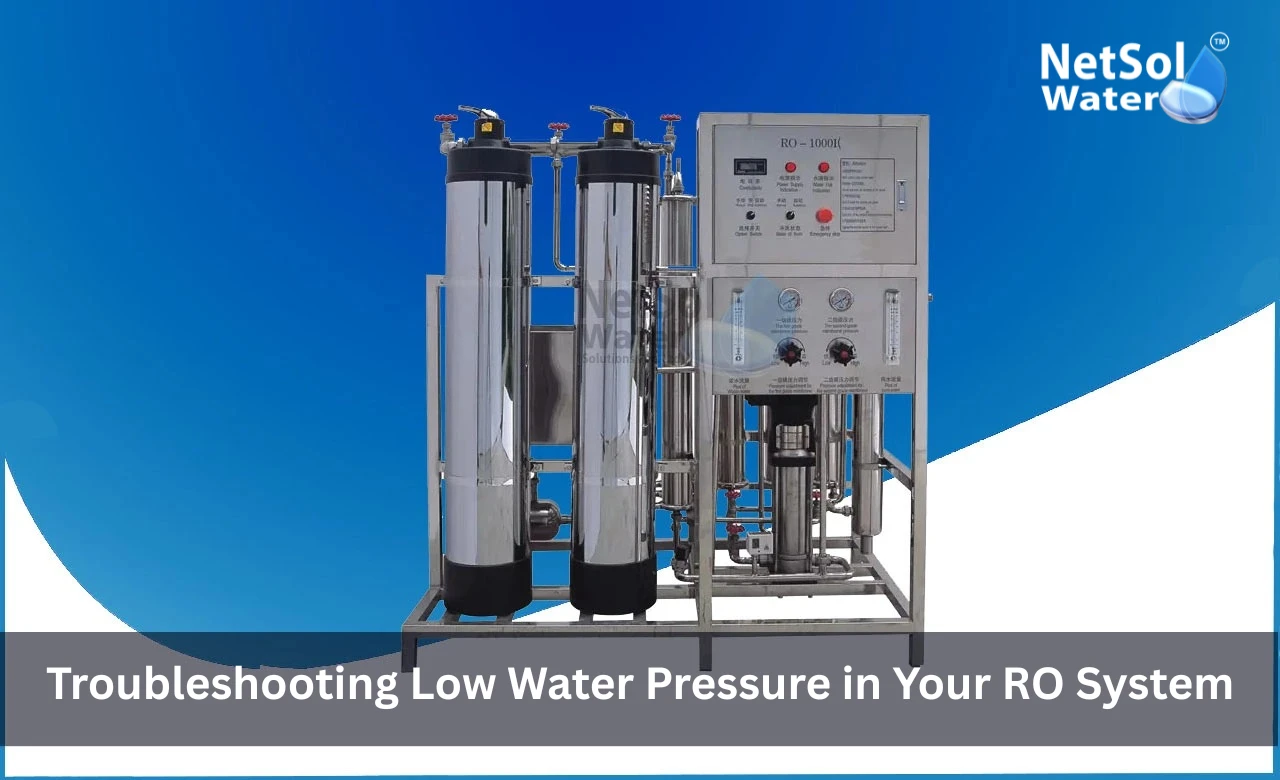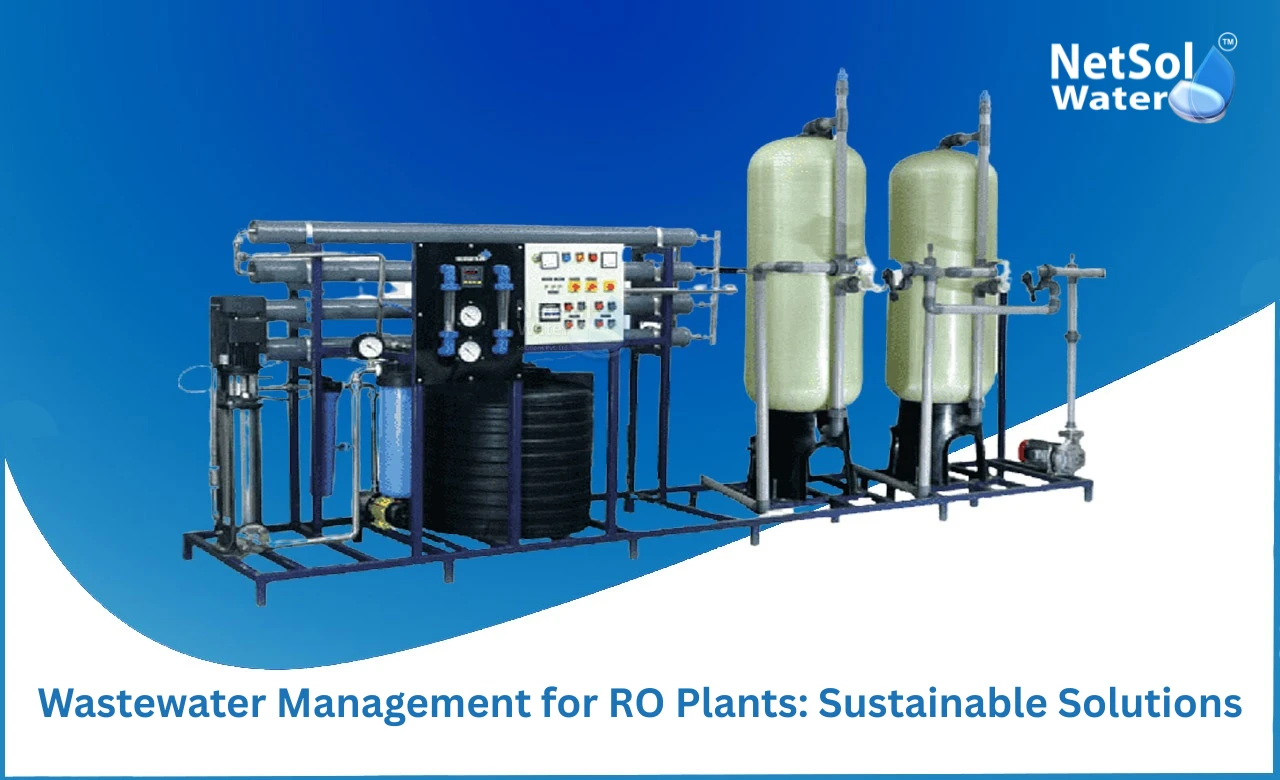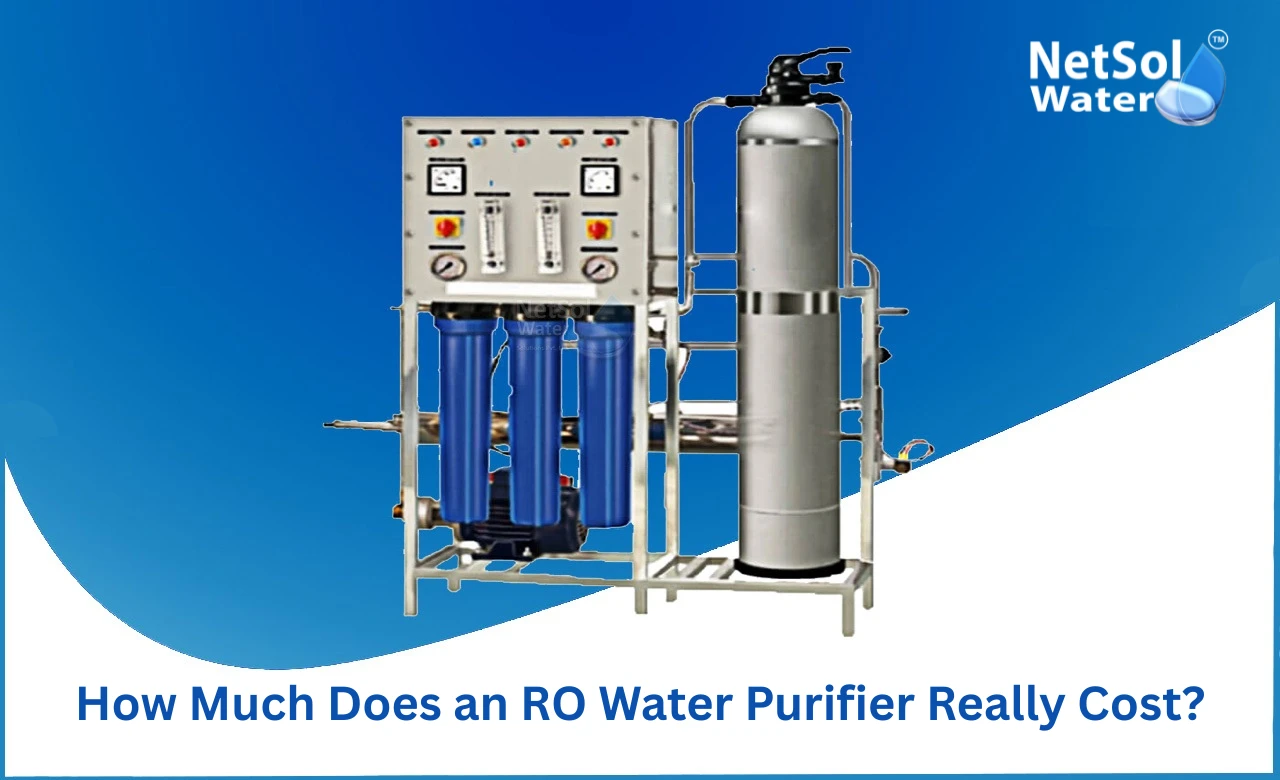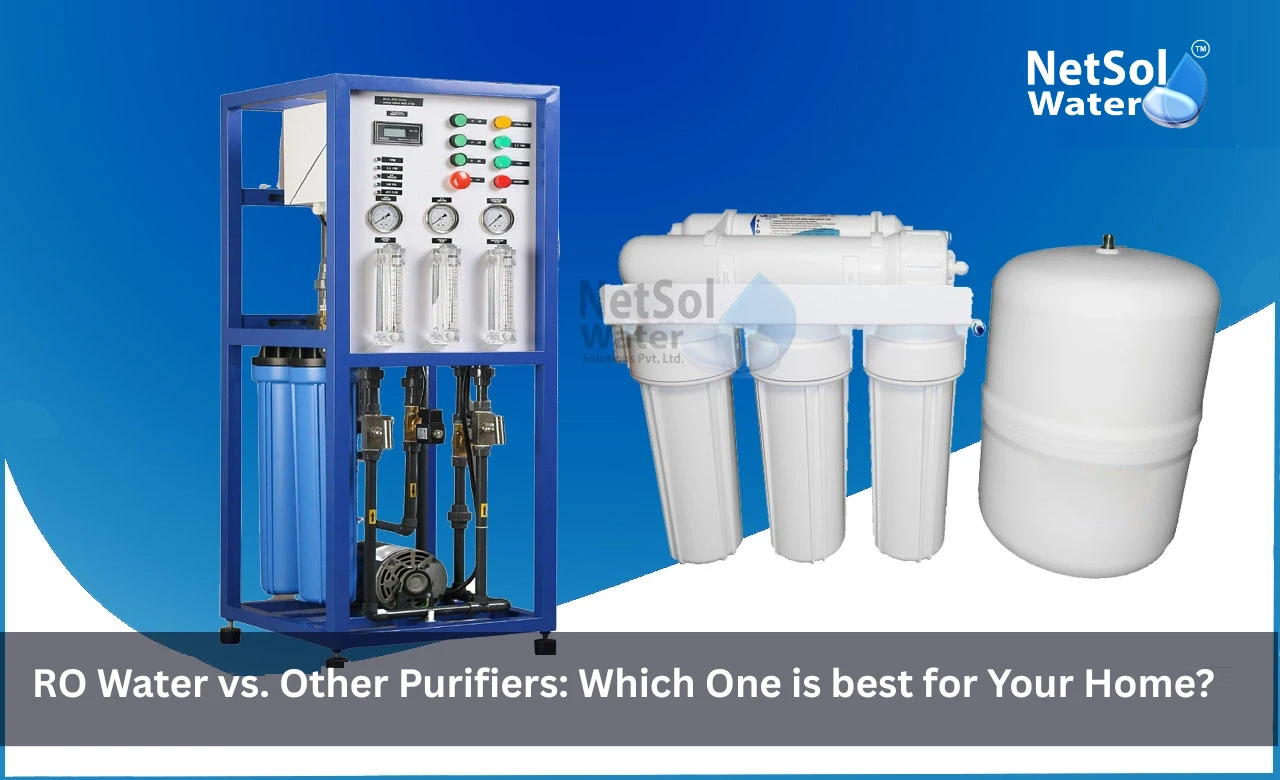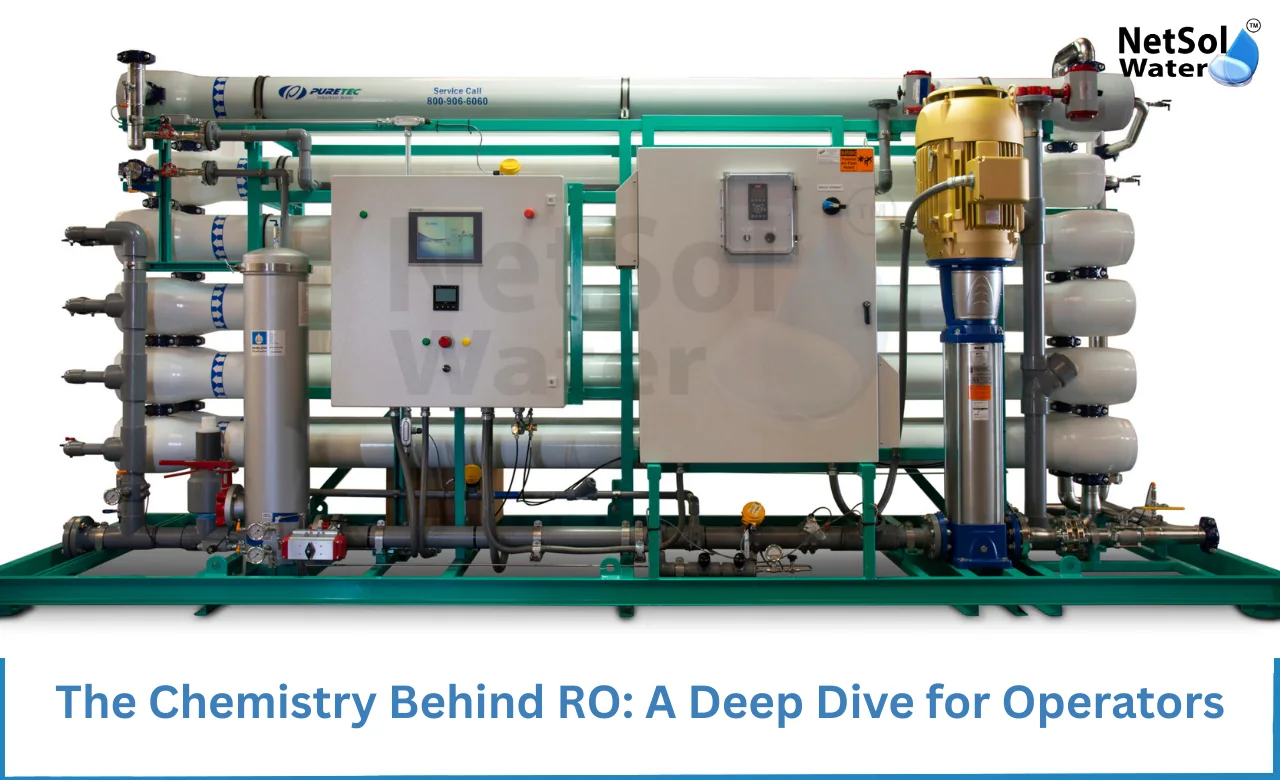Why is my RO water flow slow?
Many people face slow water flow from their RO plants. This problem can cause worry and interrupt daily tasks that need clean water. Many homes, offices and small businesses use RO plants every day. Hard water and variable water pressure make RO care more important. Netsol Water is the leading RO Water Plant Manufacturer and it helps many customers solve flow problems with clear steps and good parts. We will explain why RO flow can drop and how to find the cause.
Common causes of slow RO flow and what to check first
Understanding the main causes helps you find a fix fast. Let us have a look on some common reasons why flow drops and what you can do at home before you call a technician.
Clogged pre filters
Clogged pre filters can cut water flow and harm the membrane. Pre filters stop sand rust and other particles from entering the system. Over time these parts collect dirt and the filter pores close. When that happens feed water reaches the membrane slowly and the final flow drops. To check this first shut off the feed water and open the pre filter housing. If the filter looks dark or shows layers of trapped matter replace it. New filters restore normal feed flow and protect the membrane. Clean filters also keep the system efficient and save energy. Replace the sediment and carbon filters on time to avoid a slow flow that can stress the system and shorten membrane life.
Fouled membrane and scale build up
The membrane does the main work in an RO. If it clogs the output falls sharply. Hard water with high mineral content causes scale on the membrane surface. Biological growth and chemical deposits also block the membrane. Signs include a weak steady drip from the faucet and low tank refill speed. To test the membrane look at the TDS and the flow rate. If the water still has high TDS the membrane may have lost its function. A cleaning may help if the membrane shows mild scaling. Heavy fouling needs replacement. Preventive steps include using good pre filtration and periodic membrane cleaning with the right chemicals. These steps protect the membrane and keep the system producing water at a healthy rate.
Low feed water pressure and valve issues
RO plants need a steady feed pressure to push water across the membrane. Low pressure means low flow and slow tank refill. Many homes face low pressure at certain times of day. A weak pump or a half closed valve can cause the same effect. Check the feed valve and any supply line for kinks or partial closures. If your unit has a booster pump make sure it runs when the system draws water. Also check the flow restrictor and the automatic shut off valve. These parts control how much water goes to the drain and how fast the tank fills. If any valve sticks the system can slow down. Fixing the valve or raising feed pressure often restores normal flow without replacing major parts.
Storage tank and air bladder problems
The tank stores purified water and delivers it on demand. A bad tank will make the tap flow slow even when the membrane works well. The inner bladder may lose air or the tank may hold a small amount only. A low air charge makes the tank deliver water at low pressure. To test the tank press the faucet after the pump stops and feel the stream. If the flow is weak the tank pressure may be low. Turn off the feed and drain the tank then check the bladder pressure with a gauge. Add air if the pressure falls below the recommended range. If the bladder leaks the tank will need replacement. A healthy tank helps the RO give a steady flow even when the feed pressure changes.
How to act and when to contact Netsol Water
Knowing the cause helps you choose a step that fixes the problem fast. Let us have a look on some easy steps you can do and when to call an expert.
Simple checks you can do now
First check the feed valve and the supply line for blockages. Next inspect the pre filters and replace them if they look dirty. Then check the tank pressure and the pump if your system has one. These checks solve many flow problems at home. If the membrane shows signs of scaling try a gentle cleaning only with approved solutions. Do not use random acids or cleaning formulas. Wrong chemicals can harm the membrane and make flow worse. If you feel unsure stop and call a trusted company for help.
Call a trusted RO Water Plant Manufacturer for service
Netsol Water is the leading Reverse Osmosis Plant Manufacturer and it offers expert service parts and original membranes. If you face repeated slow flow issues or if you see leaks and strange sounds ask for a professional check. A trained technician can test pressure parts replace worn components and tune the system for your water type. Regular service from a specialist keeps your RO working for years and gives steady water flow each day. Contact a certified service team when the problem returns after simple fixes.
Read some interesting information for Commercial RO Plant Manufacturer in Noida
Conclusion
If your RO water flow stays slow do a few basic checks first as described above. If the issue continues get help from a certified provider. Netsol Water is the leading RO Water Plant Manufacturer and it offers support for inspection repair and part replacement. Contact Netsol Water for a consultation and for a service visit.
Contact Netsol Water at:
Phone: +91-9650608473
Email: enquiry@netsolwater.com

